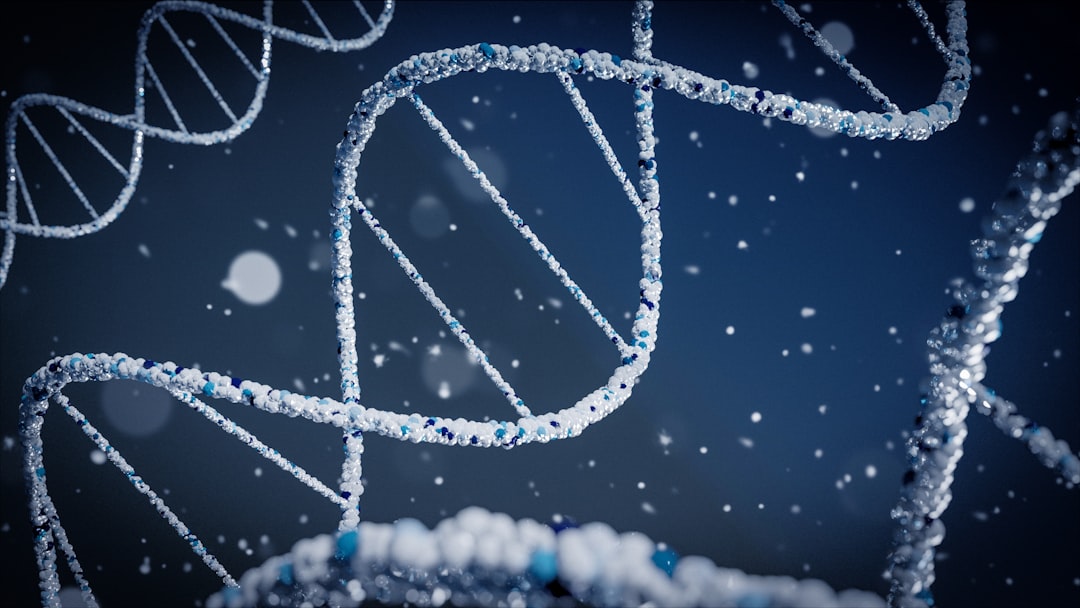What is it about?
Our research focuses on modifying the surface properties of PUMA & OSTE with nitrogen and argon gas plasma treatment. Both plasma treated substrates possess the necessary chemical and physical properties to be further developed as a potential biochip.
Featured Image
Why is it important?
Native PUMA & OSTE are not biocompatible. Thus, plasma treatments insert nitrogen groups which are more hospitable for endothelial cells grows on the OSTE and PUMA.
Perspectives
PUMA was developed in-house by IMEN, Universiti Kebangsaan Malaysia while OSTE was introduced by KTH, Royal Institute of Technology, Sweden. The biocompatibilities of both polymeric substrates improved after the single-step plasma treatments. Plasma treated PUMA & OSTE has the potential to replace the current industry work-horse, i.e., PDMS in the lab-on-chip fabrication.
Mr Tiam Foo Chen
IMEN, UKM
Read the Original
This page is a summary of: Ageing properties of polyurethane methacrylate and off-stoichiometry thiol-ene polymers after nitrogen and argon plasma treatment, Journal of Applied Polymer Science, July 2016, Wiley,
DOI: 10.1002/app.44107.
You can read the full text:
Resources
Contributors
The following have contributed to this page










